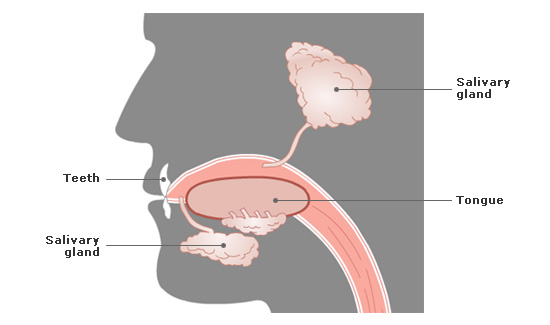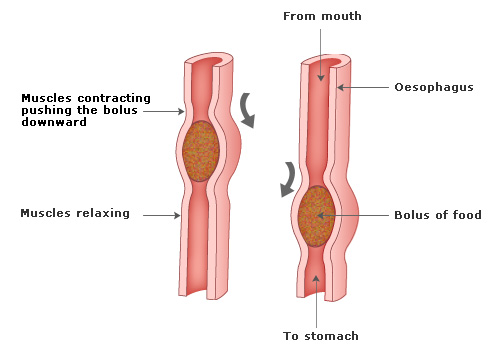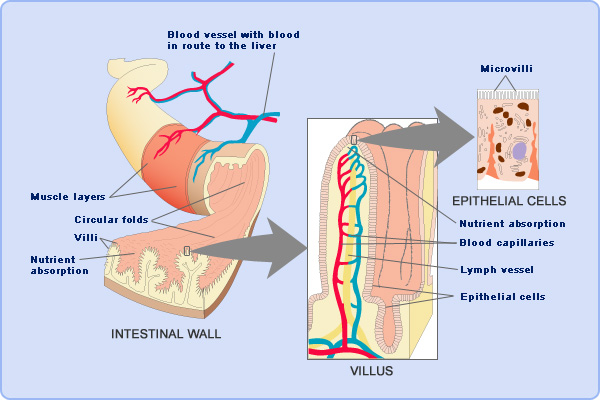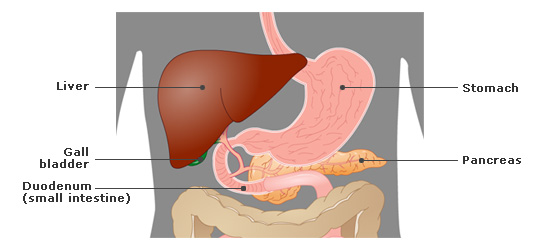GRAPHIC STATER
our mission in this group is looking forward to gather intelligent and brilliant people who are graphic gurus who will give us more ideas on graphics and also develop peoples who are just learning things on graphic. most peoples on their systems they have all sort of software eg. graphic coreldraw but they do not no how to use them, most are just using ideals. So we need peoples who can help us develop in our skills and also give us some new software names which will enable us to develop in all aspects.
digestive notes
| Author | Posts |
The Digestive SystemThe digestive system also known as the gut is essentially a long tube about 9 metres long. It starts at the mouth and ends at the anus. There are many different parts to the digestive system but each part has its specific function. Oral Cavity (Mouth)TeethFood enters the mouth and digestion begins with the teeth breaking down the food into smaller pieces. This serves 2 purposes:
A full set of adult teeth consists of 32 teeth. But not all teeth are the same and are shaped and designed for different jobs. There are four different types of human teeth:
In a full set of adult teeth there are 8 incisors, 4 canines, 8 pre-molars and 12 molars which makes 32 in total. All teeth have similar features as shown in the diagram below:
Salivary glandsThe salivary glands secrete saliva which mixes with the chewed food. Saliva has two functions:
Pharynx & OesophagusSwallowingSwallowing is a reflex reaction and happens without us thinking about it. Before swallowing the tongue rolls the food into a soft ball and pushes it to the back of the mouth. The food pushes the soft palate upwards which blocks the upper pharynx and stops food going into the nasal cavity. Voluntary muscles in the face, neck and tongue push the food through the pharynx. As the food is swallowed it passes over the epiglottis which covers the opening of the respiratory system and prevents food entering it. Food passes the epiglottis and into the oesophagus which connects the pharynx to the stomach. Now the food enters the oesophagus and is called a bolus. The oesophagus has circular muscles in the wall. These muscles contract behind the bolus to push it along and the muscles in front of the food relax. This way food passes along the oesophagus to the stomach. This movement is known as peristalsis.
StomachThe bolus enters the stomach. The stomach cells makes gastric juices which mix with the food.
The muscular walls of the stomach churn the food and mix it well with the secretions. After 2-3 hours of churning the food is a thick liquid called chyme.
Small IntestineThe small intestine is about 6 metres long. Chyme leaves the stomach via the pyloric sphincter and enters the small intestine. The small intestine consists of three parts, the duodenum, jejunum and ileum. In the small intestine 3 important juices are added to the food.
In addition to digestion the small intestine has another important job and this is ABSORPTION. The small intestine is ideal for absorption because it has:
The surface area of the small intestine is around 9 square metres! This is possible because the small intestine is very long (around 6 metres) and it is lined with tiny finger like projections called villi. Each villus in turn is covered with even smaller microvilli. The villi have very thin walls and a good blood supply which means that the digested food can be easily absorbed from the gut into the blood. There are millions of villi which provide a massive surface area to maximise the rate of absorption.
Large IntestineAny indigestible or non absorbed chyme passes into the large intestine. Excess water and salts are absorbed and the remaining chyme is converted into faeces. The faeces is stored in the rectum until it is excreted through the anal canal.
|
You must be logged in to reply to this topic.
















